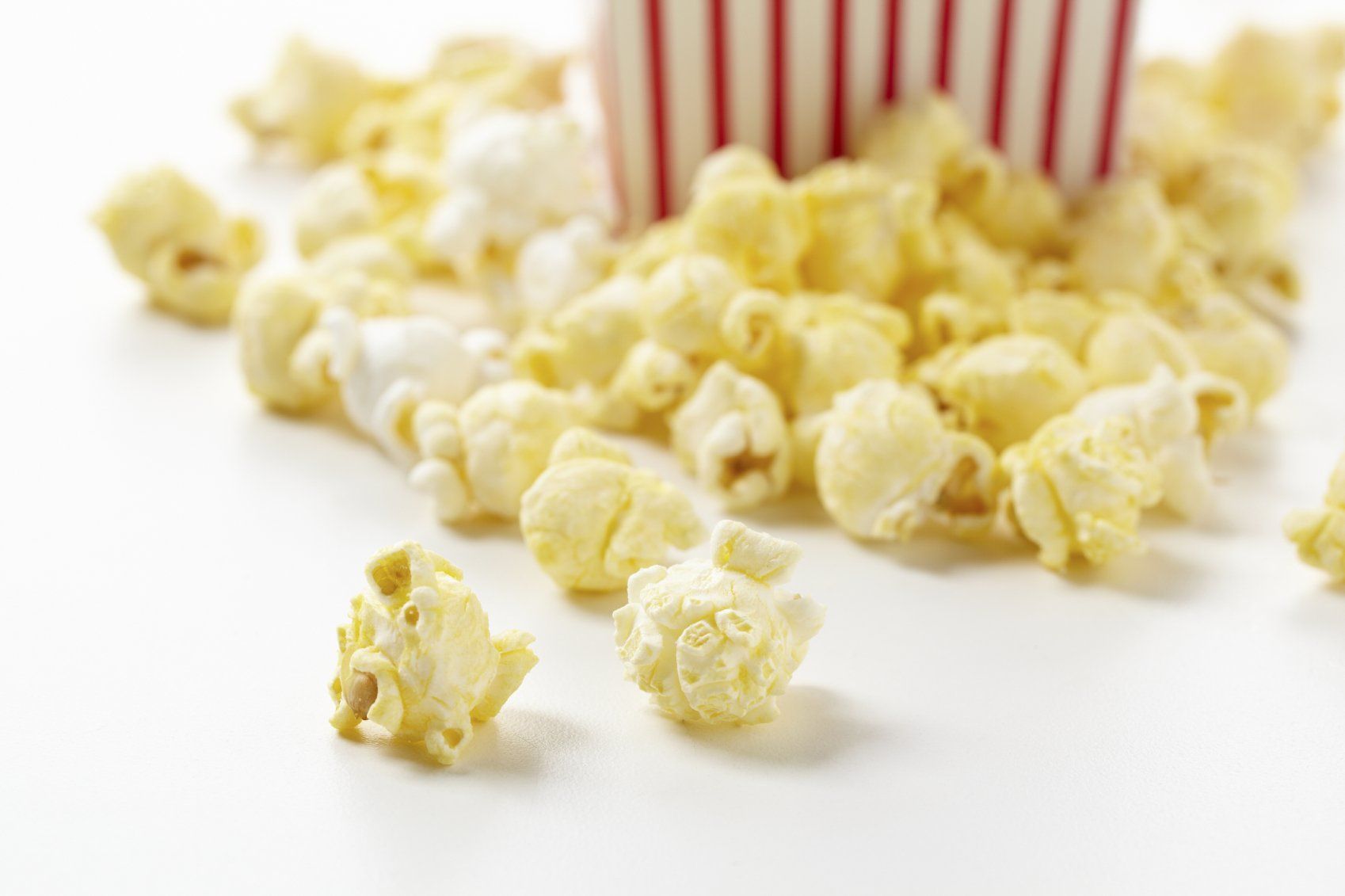Why Teach Self-Regulation?
Why Teach Self-Regulation?
When a toddler throws a tantrum, their reaction is usually developmentally normal for their age. Most little kids are still learning how to navigate big emotions. Most three year olds have not mastered self-regulation; the ability to control one's emotions and respond rationally to stressful or stimulating situations. But learning self-regulation can be complicated.
There are many factors that impact our ability to self-regulate. Neurodevelopment, trauma and sensory differences are just a few factors in an individual's ability to self-regulate. Research shows that learning self-regulation can be life-changing for children and young adults, especially individuals who have experienced trauma. Learning emotional regulation can have a powerful impact on a person's wellbeing,
So when do we learn how to navigate difficult thoughts and feelings? And how?
When it comes to children and adolescents, research demonstrates that sensory-based occupational therapy may be an effective intervention to increase self-regulation. Occupational therapists are training to help individuals increase body awareness, and cope in a healthy way with stressful or demanding situations or circumstances.
Children and individuals who struggle with self-regulation may express the following things:
- overreactions to situations
- emotional outburts
- long-term negative emotions
- mood swings and unpredictable moods
The key to self-regulation is something called Inhibition. Inhibition is the ability to interrupt, adjust, stop or change thoughts or feelings or actions. For example, if you are sitting in traffic and start to grow frustrated, before you start shouting or getting angry about being stuck in that situation, inhibition would allow you to take a deep breath, and remind yourself that you cannot control the traffic, and that even though it is frustrating, you will be home soon.
Being able to regulate emotions in this way has been proven to have a positive effect on a person's wellbeing, and can be integral to the health of children and young adults who are still learning how to deal with difficult emotions.
A recent study demonstrated that adolescents who were engaging in self-regulatory behavior, reported greater wellbeing than their peers, including increased general life satisfaction and perceived social support.
One way that occupational therapy can assist with learning self-regulation is through sensory input. Sensory input can include play-based activities, such as games or blowing bubbles, that help the individual navigate big emotions.
Other activities that may be utilized for self-regulation in occupational therapy included music, stretching, guided imagery, colored lights, breathing exercises or large muscle activities. Occupational therapists are able to assess how certain factors may be impacting an individual on a daily basis, and implement interventions that help the person feel more balanced emotionally as they navigate day to day life.









